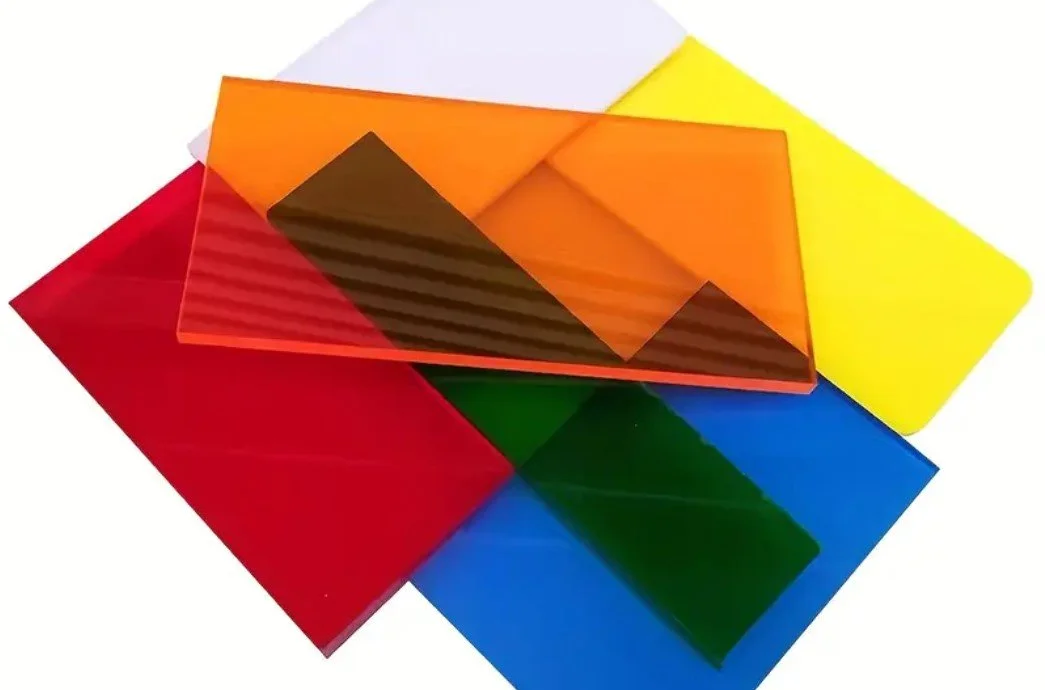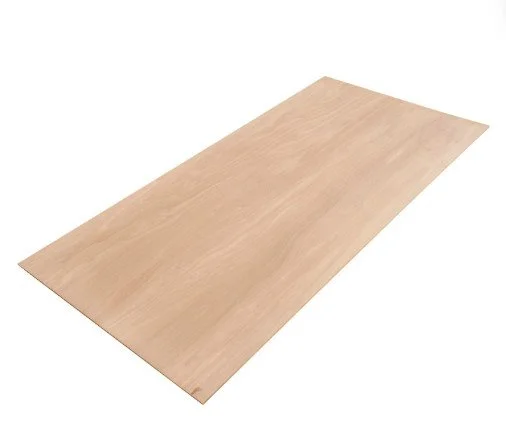Best Materials for Laser Cutting Projects
Keywords:best materials for laser cutting / laser cutting wood / acrylic / cardboard / materials for laser cutting
Introduction
Choosing the right material is one of the most critical steps in achieving clean, accurate, and durable results from laser cutting. Each material responds differently to the laser — affecting cutting speed, edge quality, and cost. Understanding these characteristics will help you plan better, reduce waste, and get the exact result you need.
At Aussie Magic Studio, we work with a wide range of non-metal materials and often advise students, designers, and studios on the best options for their projects. This guide will walk you through the most common materials and how to select the right one.
How Material Choice Affects Cutting Quality
Material properties directly influence how the laser interacts with them, which impacts both the efficiency of cutting and the final outcome:
Density & composition — Dense materials require slower cutting speeds, which increases cutting time and cost.
Thickness — Thicker sheets need more laser power and time, and they produce wider kerf (cut width) and more edge taper.
Surface finish — Smooth materials like acrylic produce polished edges, while porous materials like plywood may char or darken.
Dimensional stability — Thin or flexible sheets (like cardboard) can warp with heat, affecting accuracy.
Flammability — Some materials (cardboard, paper) ignite easily if power settings are too high, so they need careful handling.
Knowing these factors helps you balance visual quality, strength, and budget when selecting materials.
Plywood — The All-Rounder
Plywood is by far the most commonly used material for laser cutting because it is strong, lightweight, affordable, and widely available.
Advantages
Available in many thicknesses (1.5mm to 6mm commonly stocked)
Cuts relatively fast compared to plastics or metals
Maintains structural rigidity while remaining lightweight
Ideal for architectural models, furniture prototypes, packaging, signage, and crafts
Considerations
Edges can show slight burn marks or darkening, which is normal for wood
May have internal voids that cause unexpected burn-through or weak joints
Susceptible to warping in humid environments if not sealed
Tips for Best Results
Choose laser-grade plywood or birch plywood with minimal voids
Use lower power and multiple passes for very thin sheets to avoid scorching
Sand or lightly polish edges to remove burn marks
Ideal uses: Architectural models, structural components, decorative panels, signage bases
Learn more about our Laser Cutting Services for plywood projects.
Acrylic — Clean, Polished, and Professional
Acrylic is a popular choice when you want clean edges and a polished appearance directly from the laser. It comes in a huge range of colors, opacities, and finishes, making it versatile for creative projects.
Advantages
Produces smooth, flame-polished edges right after cutting
Available in clear, opaque, translucent, frosted, mirrored finishes
Weather-resistant and long-lasting (suitable for indoor/outdoor use)
Excellent dimensional stability (won’t warp or bend under normal conditions)
Considerations
Cuts slower than wood, so projects may cost more
Generates melted debris that must be removed after cutting
Can crack if forced or stressed at thin joints
More prone to heat buildup, so needs good ventilation during cutting
Tips for Best Results
Keep protective masking film on during cutting to avoid surface scratches
Use compressed air assist to keep cut edges clear and prevent flame marks
Avoid overly thin elements (<2mm) as they can snap
Ideal uses: Signage, branding displays, product parts, lighting panels, trophies, awards
Explore our range of Signage & Display Solutions made with acrylic.
Cardboard & Paperboard — Fast and Budget-Friendly
Cardboard and paperboard are perfect for fast, low-cost prototyping or presentation models, especially for students and early-stage design development.
Advantages
Very inexpensive and widely available
The cutting process is relatively fast., reducing machine time and cost
Lightweight and easy to assemble or glue
Ideal for short-term use, mockups, packaging trials, and visual models
Considerations
Highly flammable — needs low power/high speed settings
Not durable — bends, tears, or warps easily
May show burnt edges if cut too slowly
Sensitive to humidity (can warp)
Tips for Best Results
Use low power and high speed to prevent charring
Leave wide margins between small parts to avoid burning
Consider laminating multiple layers for added thickness/strength
Learn more about our Laser Cutting Services for Cardboard projects.
Other Specialty Materials (Optional)
You may also explore other non-metal materials depending on your project:
MDF (Medium Density Fiberboard) — smooth surface and strong, but produces heavy smoke and odor when cutting
Veneer Sheets — ultra-thin wood sheets for inlays and decorative surfaces
Specialty Papers — for intricate invitations, stencils, or craft details
If you plan to use any unusual material, always consult us first to confirm it’s safe and compatible with our laser equipment.
Tips for Selecting the Right Material
Here are a few general rules to help you choose effectively:
Match purpose to material — choose structural material for functional parts, and aesthetic material for decorative elements
Use thin sheets when possible — they cut faster and reduce cost
Consider kerf and tolerances — leave gaps for joints, especially in wood
Check bonding method — some plastics don’t glue easily; wood bonds well with PVA
Ask for sample cuts — if unsure, test small sections before producing full sets
Good material selection can halve your cutting time and cost while improving your design’s appearance and durability.
nsure which material suits your project? Contact us and we’ll guide you
Materials Available at Aussie Magic Studio
At Aussie Magic Studio, we stock a curated selection of laser-safe, high-quality materials ready for same-day or next-day cutting:
Plywood — laser-grade birch plywood, available from 1.5mm to 6mm thickness
Acrylic — clear, colored, and frosted sheets in multiple thicknesses
Cardboard / Paperboard — lightweight boards perfect for prototypes and mockups
We carefully test and source our materials to ensure clean cuts, minimal burn marks, and consistent quality for your projects.
Conclusion
Choosing the right material can make or break your laser cutting project. It affects not just the look, but also the strength, accuracy, and cost of your design.
Our team is happy to help you select the best option for your project. Just send us your design file and we’ll guide you through the process.
FAQ:
What materials do you stock?
We carry a wide range of non-metal materials including plywood, acrylic, and cardboard. These are commonly used by students, designers, and studios for models, signage, and creative projects.
Can I bring my own materials?
Yes, you are welcome to supply your own materials, but please check with us in advance to confirm they are suitable for laser cutting. A small handling fee may apply.
What materials cannot be laser cut?
Some materials are unsafe or unsuitable for laser cutting. These include:
PVC and vinyl (releases toxic fumes)
Polycarbonate and ABS (burns and discolors easily)
Metals (not supported by our machines)
Glass and stone (cannot be cut, only etched in limited cases)
Fiberglass and carbon fiber (dangerous fumes, fire risk)
Foam materials like polystyrene (high fire risk)
If you’re not sure about your material, please contact us before preparing your file.
Please refer to our FAQs for more question.
Ready to find out your exact cost? [Get a Free Quote →]






